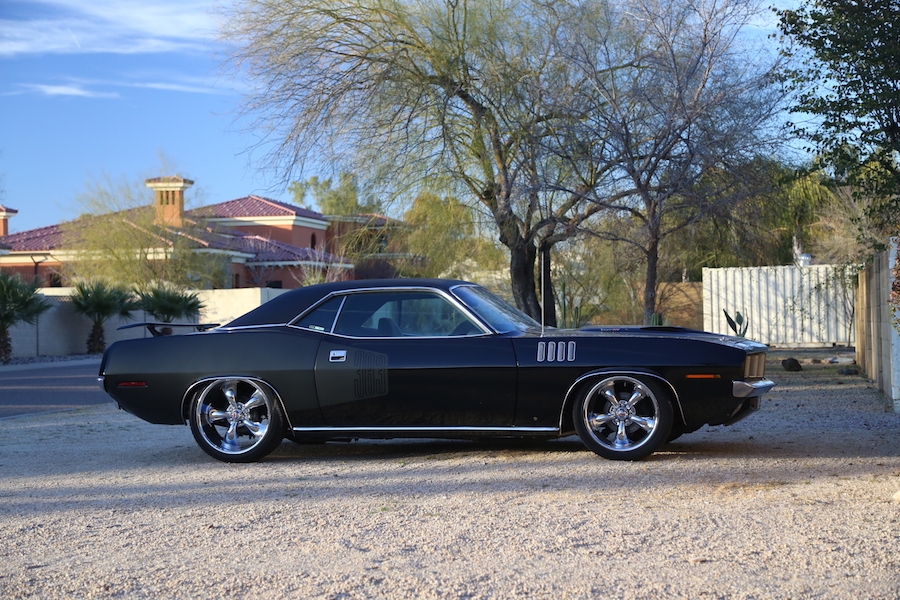
February is here, and that means spring isn’t far away. If you put your car away for the winter months, it’s time to start thinking about getting it ready for the road again. That sunny Saturday will come sooner than you think — and when you’re out driving your old car in the crisp, early spring air, you’ll be glad you were ready for it. Here are the five things you should always check before blasting the cobwebs out of your classic:
1. Fluids.
You topped everything off before you put your car away, right? Well, even if you did, now’s the time to go over everything again. Check your oil, and change it if it’s dirty. Check your transmission fluid if you have an automatic, and if you haven’t swapped out your gear lube in the rear end in a while, do that too — and don’t forget the posi additive. Finally, check the brake fluid in the master cylinder, and be sure to get a look at all the flexible lines down at the wheels / axle. If your car has drum brakes, now’s the time to check your wheel cylinders as well. Peel back the rubber boot covers and look for seeping fluid. If you find any, replace that wheel cylinder. It’s cheap peace of mind, and it’s a lot smarter to swap them out now, before brake fluid soaks into your drum brake shoes and ruins them.
2. Tires.
Sitting is hard on tires. Maybe you thought ahead and stored your car up on jack stands so the tires wouldn’t flat-spot, but most of us don’t think that far ahead. Now’s the time to check your tire pressure, inspect for dry-rot or damage and look for anything that might be stuck in the tread. If you find anything out of the ordinary, take that wheel and tire to your local tire shop for a fix. And just know that the first few miles will be bumpy, as your tires will need to heat-cycle to become round again.
3. Battery and charging system.
Don’t hit the key until you know your battery is charged up and ready. If you left it on a trickle charger, you should be fine — but if all you did was disconnect the negative lead, you should plan to hook it up to a charger for a few hours before you head off down the road. Why? Because cranking over an engine with a low battery can be really hard on your starter, and even if you do get it to fire and run, it might not want to start again after your first stop. So charge it up. Once it’s charged, put a multimeter on the battery to verify your alternator / generator is doing its job. You’re looking for somewhere around 13.5-14.5 volts just off idle.
4. Fuel and carburetor.
If your car’s been sitting for more than a month, the carburetor’s floats will be empty, and there’s a good chance the remnants of the fuel in the float bowls will keep the floats stuck down. The result is messy and potentially dangerous, as fuel will spew out the top of the float vents and all over the engine. The simple fix here is to tap on the carburetor with the plastic handle of a screwdriver to free the floats before you crank on the engine. Also, if you didn’t put gas stabilizer in the tank, you might have some bad fuel. So at the very least, put some fresh fuel in the tank before you head out, and look for leaks at all rubber fuel lines. Modern gas is pretty hard on rubber.
5. Paperwork.
This one’s boring, but it’s also often overlooked. Is your insurance up to date? What about your registration? Do you have valid copies of each in the car? Check on this stuff first, before you find yourself trying to explain your situation to an officer on the side of the road. Maybe he’ll let you off with a warning for having expired plates and no current proof of insurance, but I doubt it. Plan ahead.
Follow these steps, and that first drive of the season should be a fun one — with the car acting just as it did when you parked it.